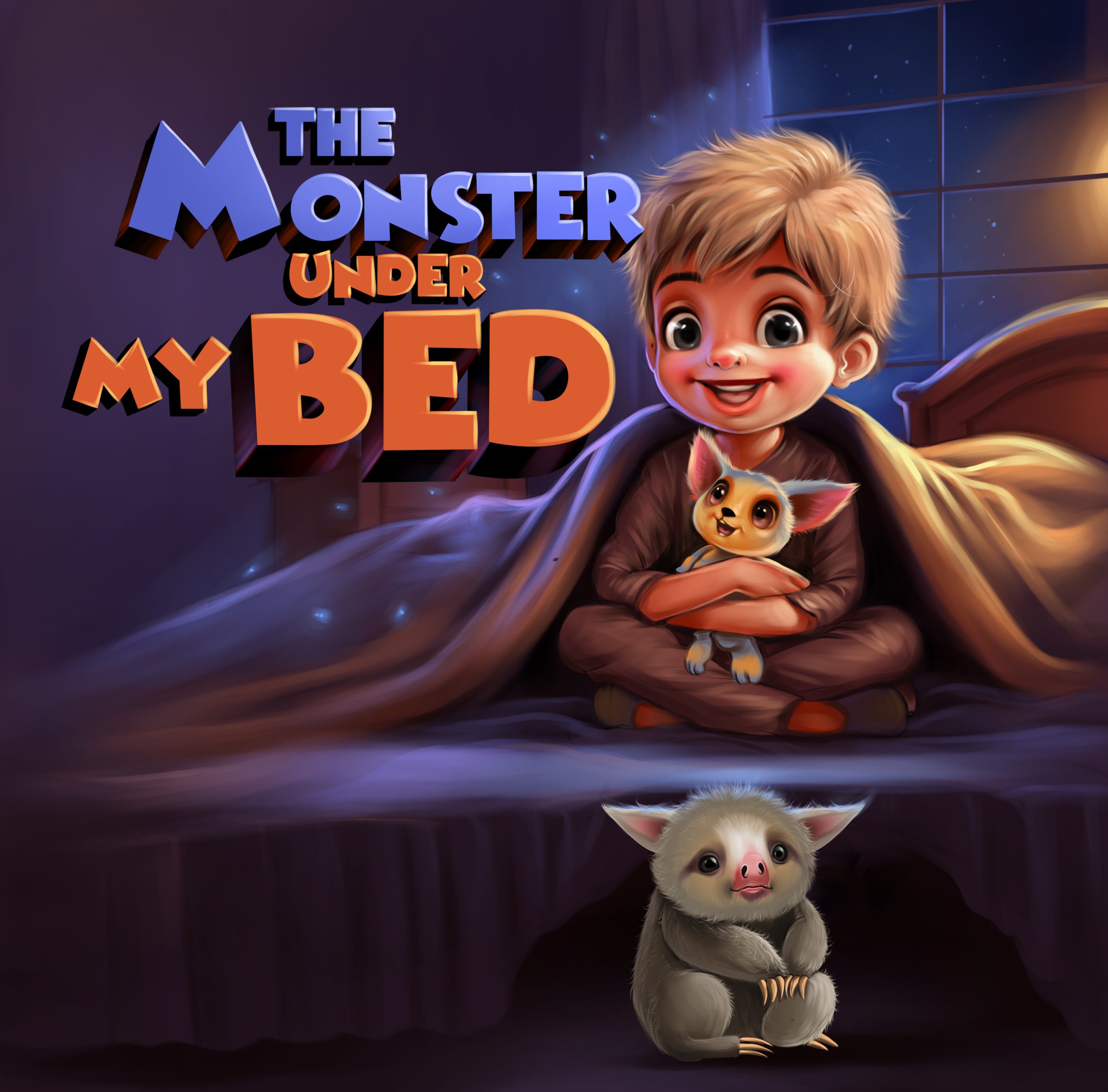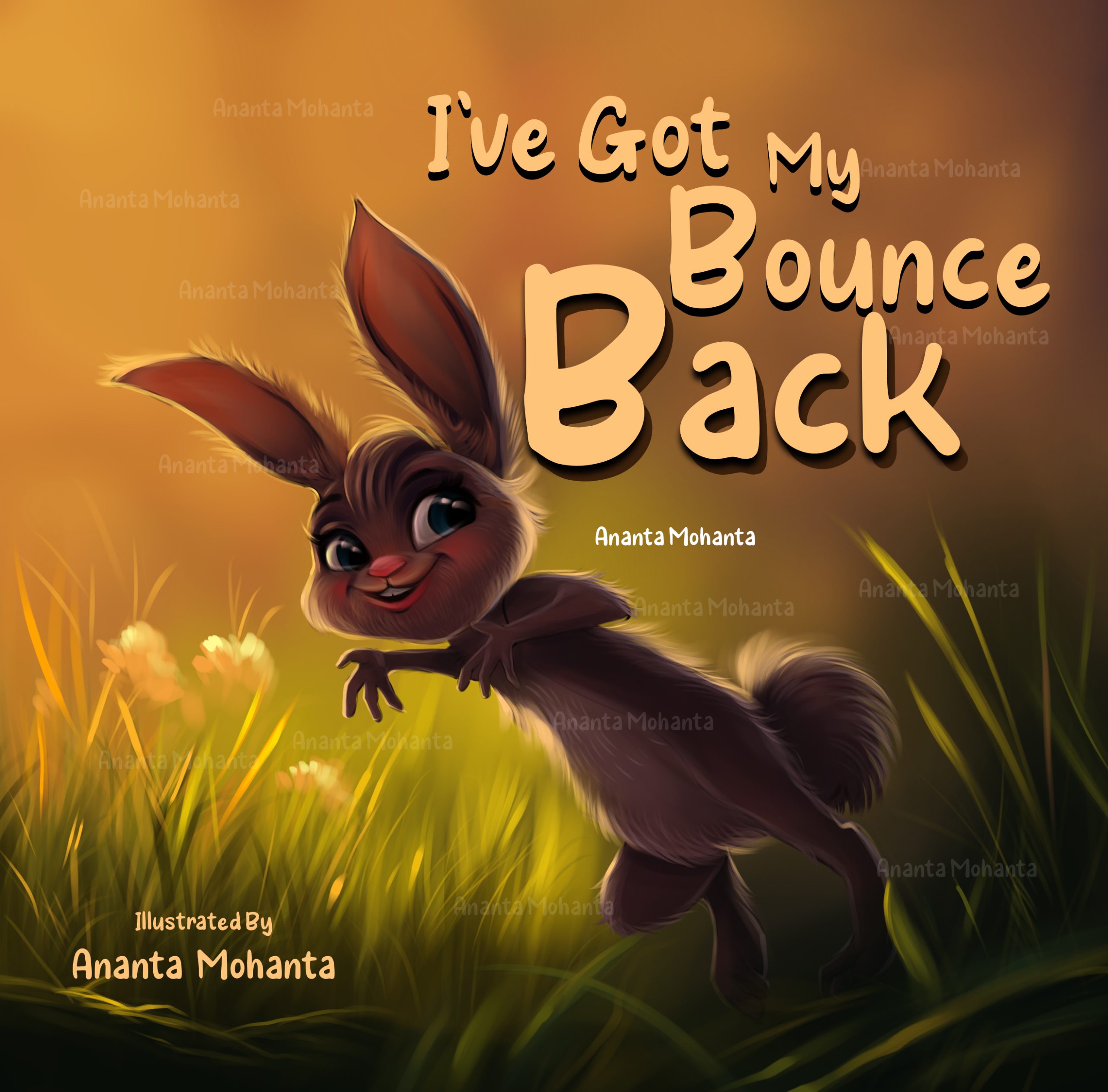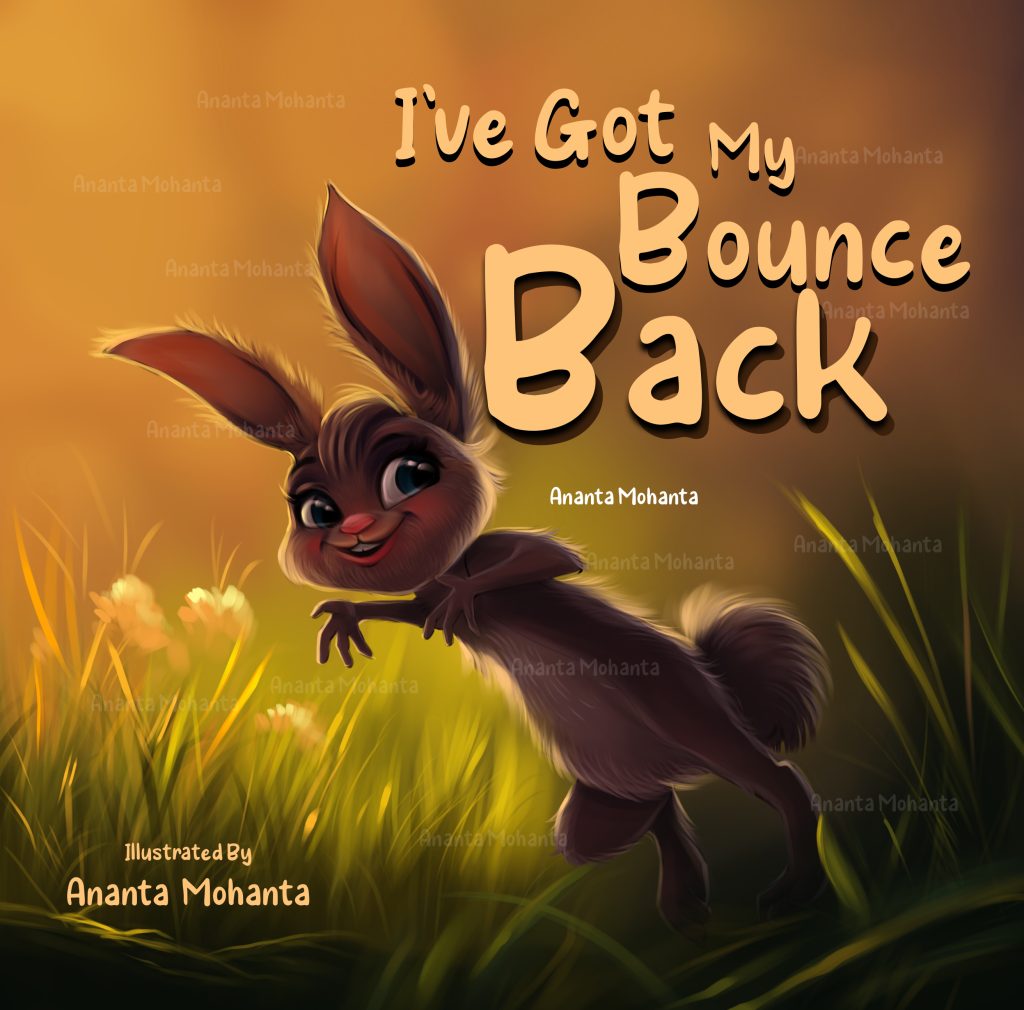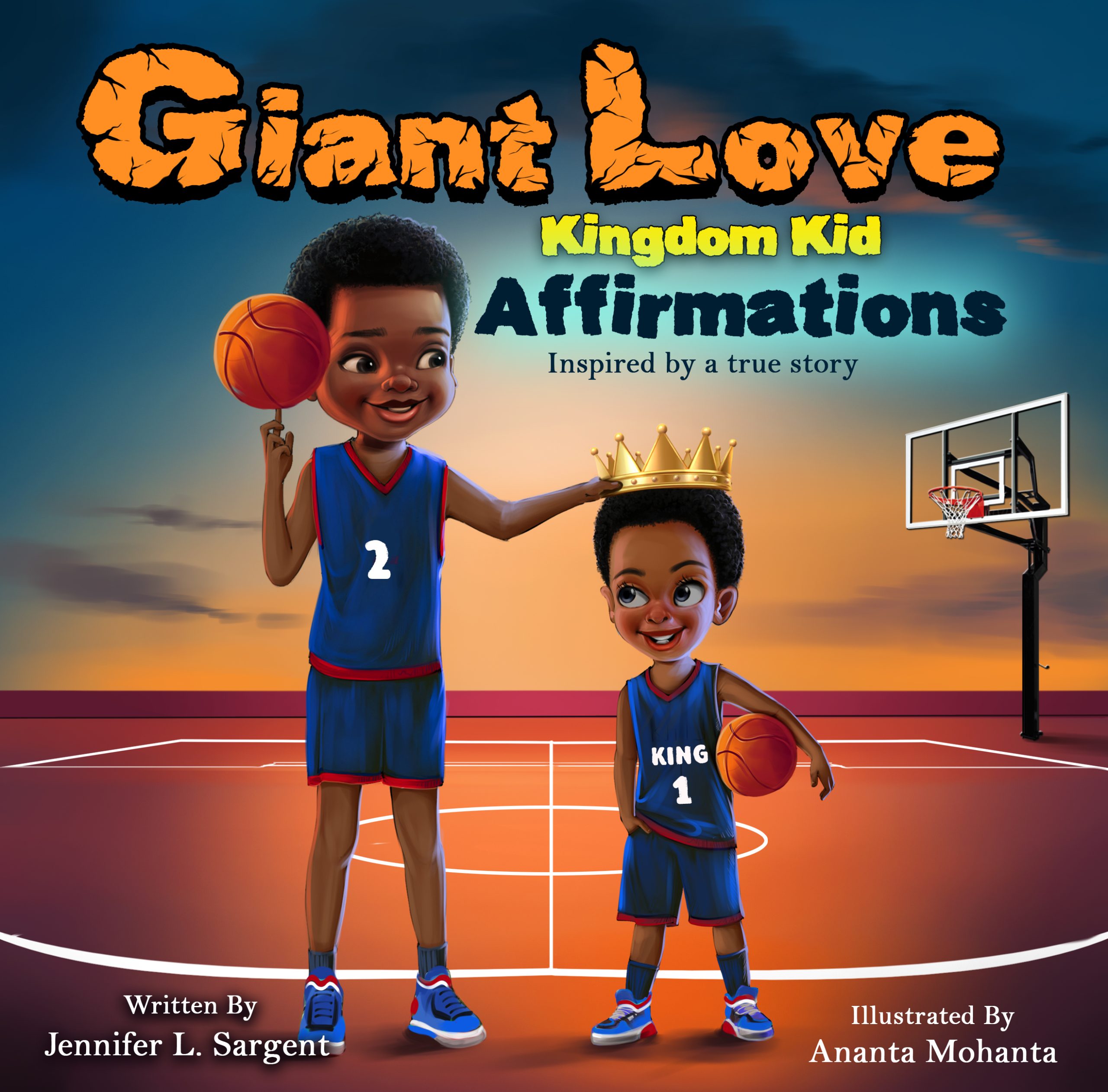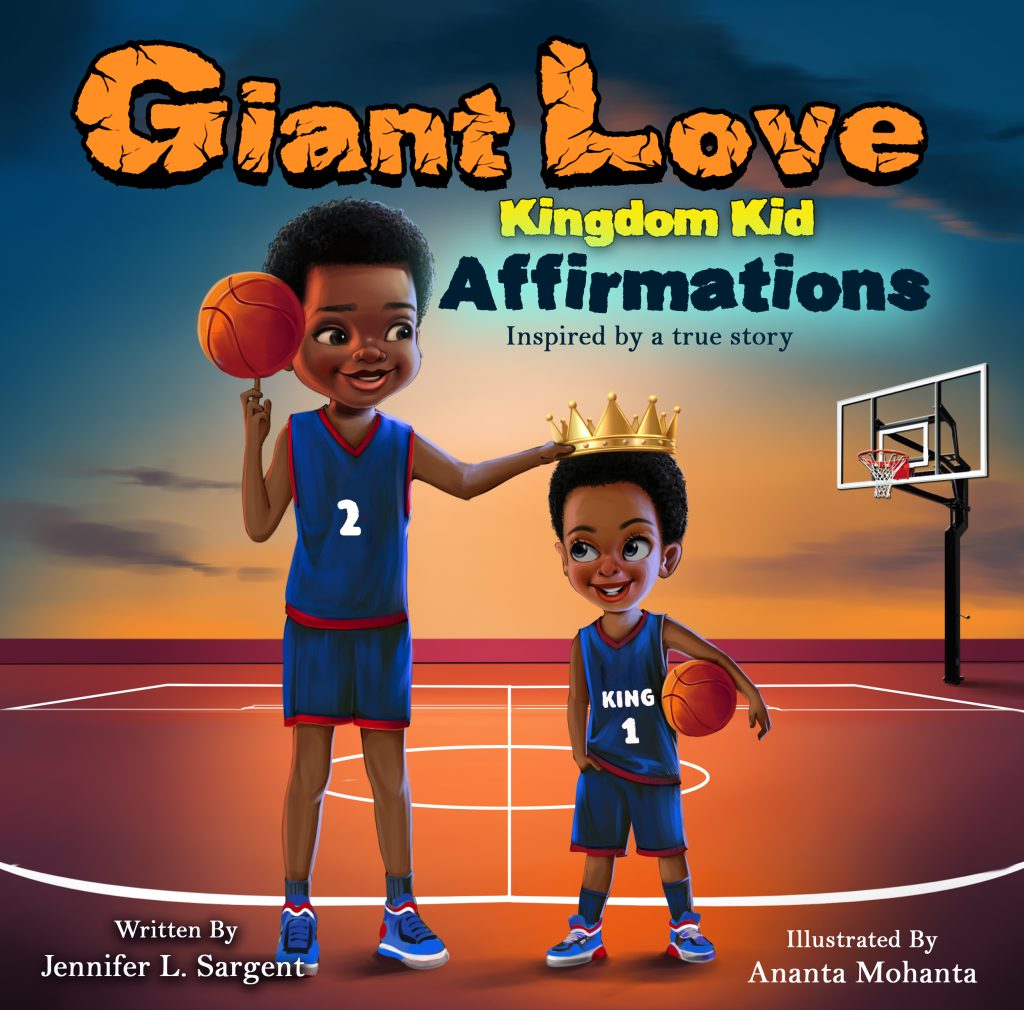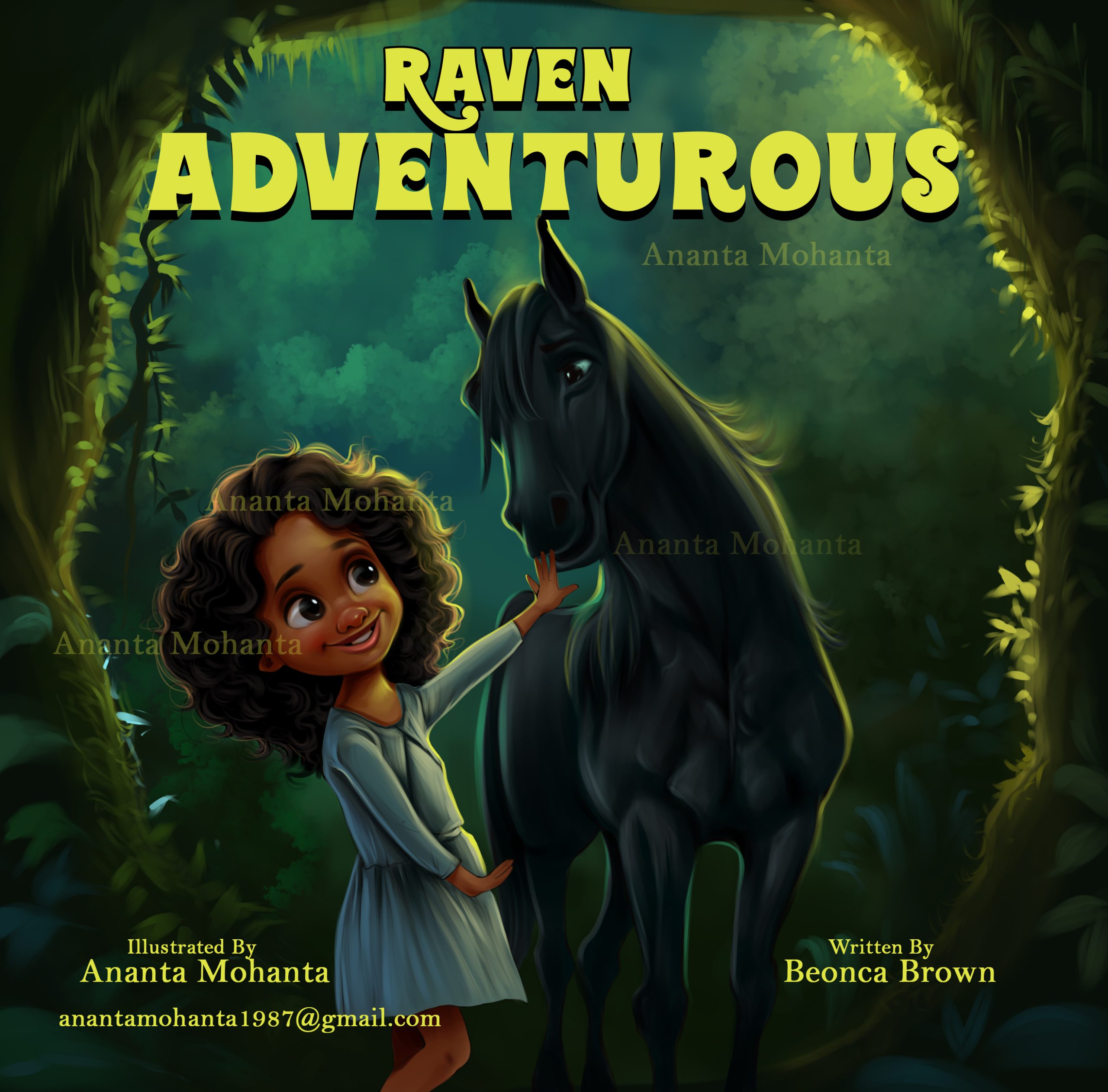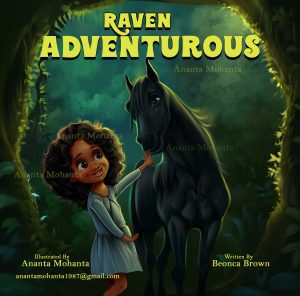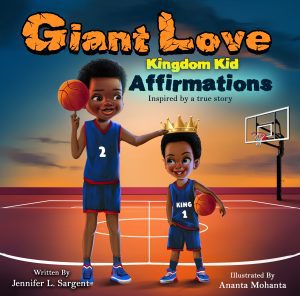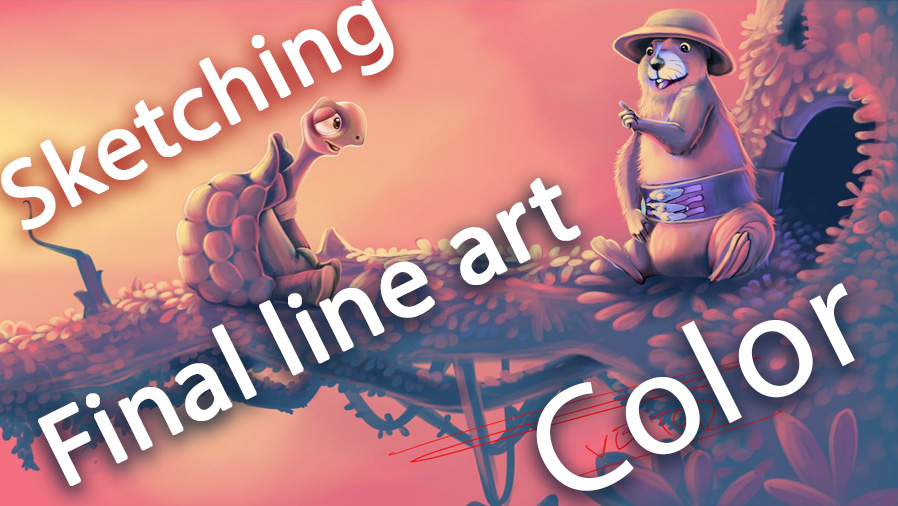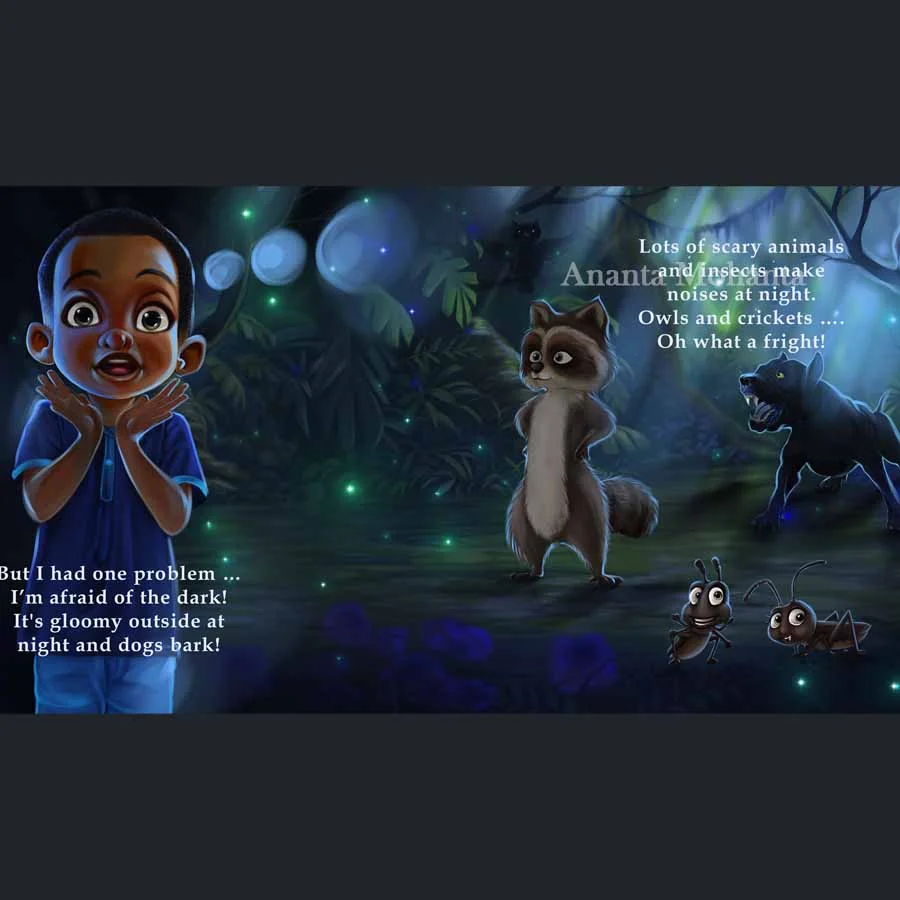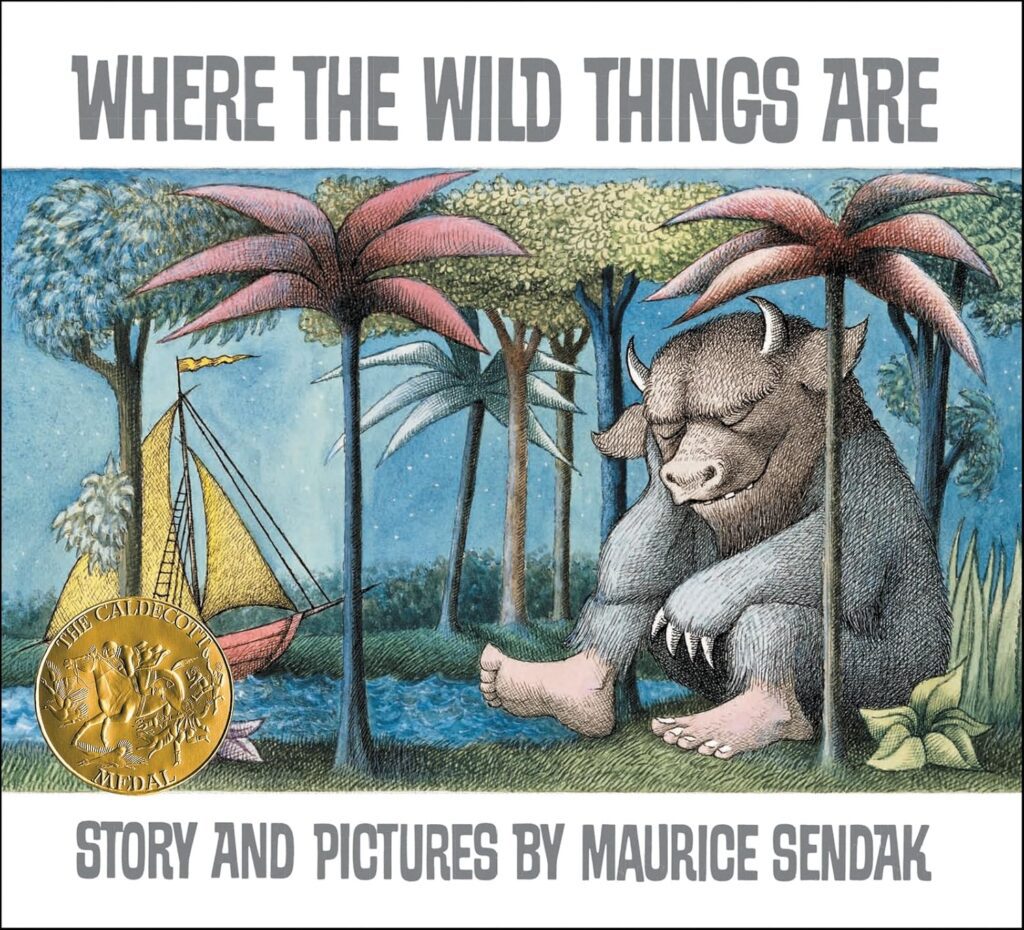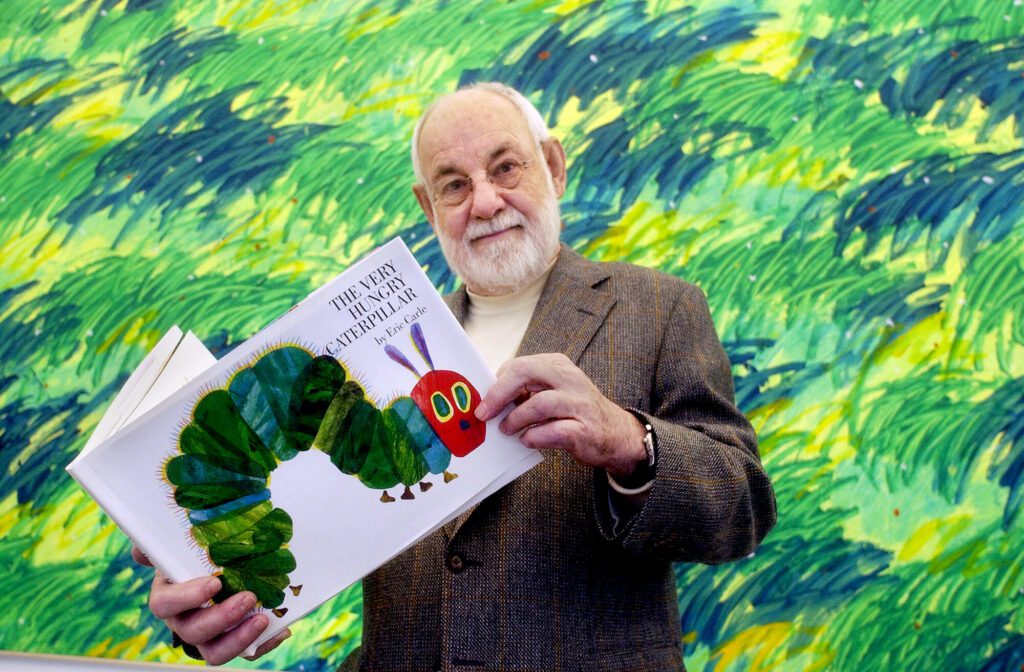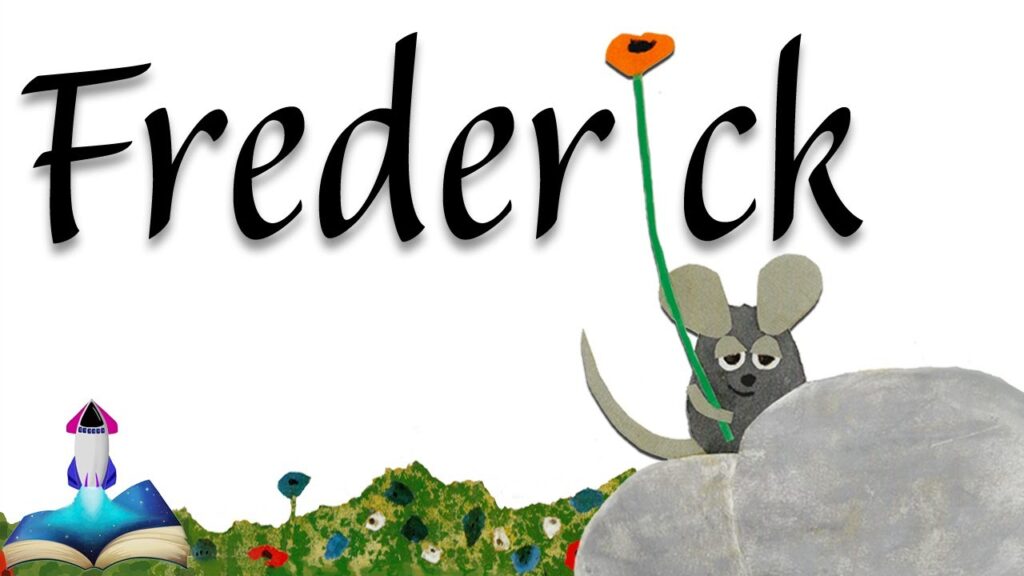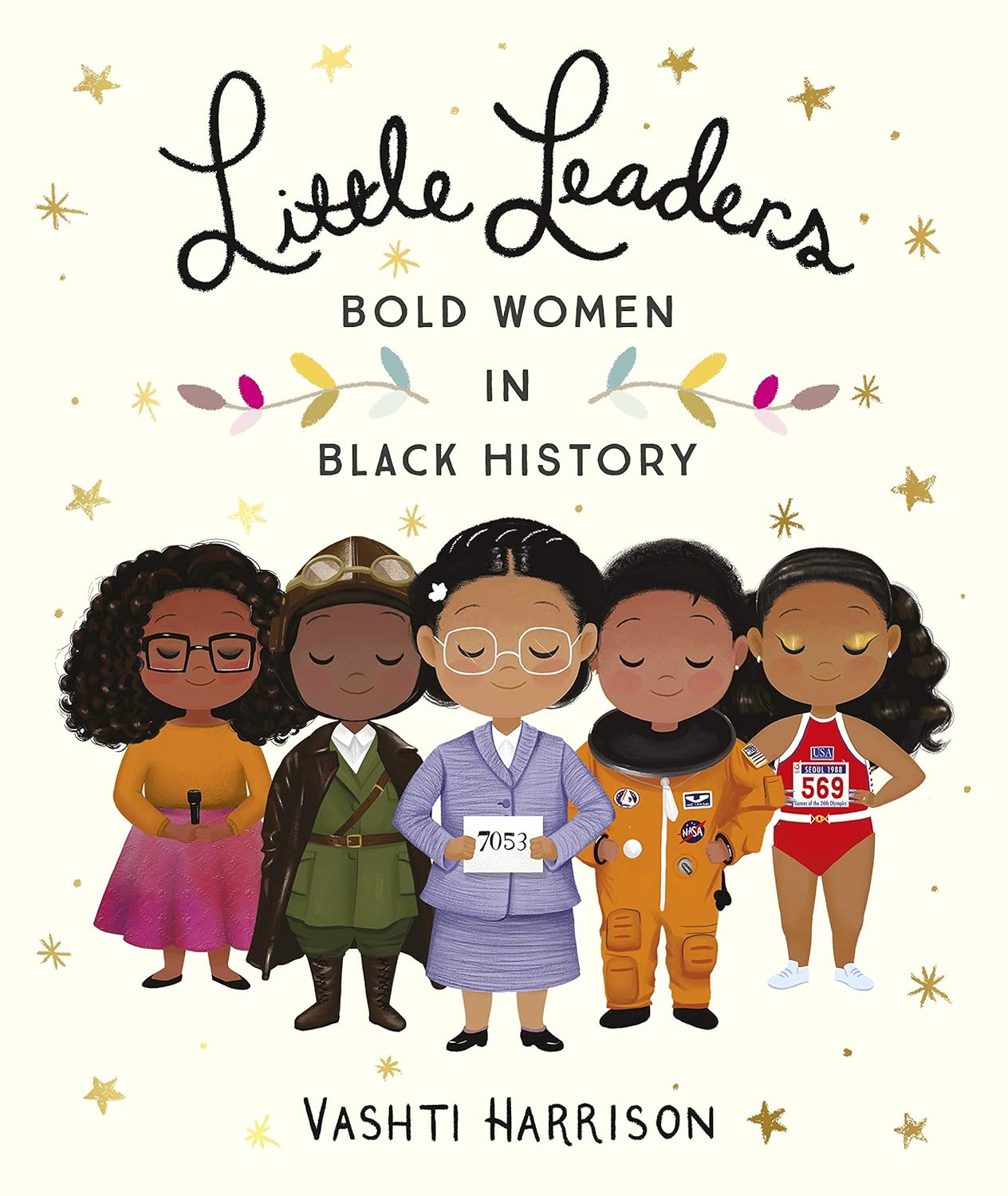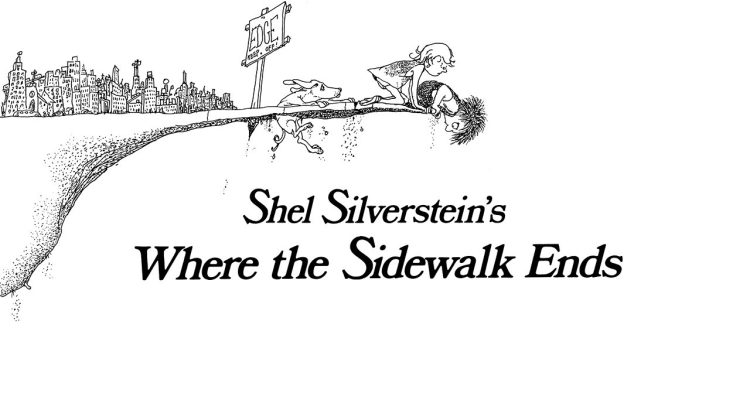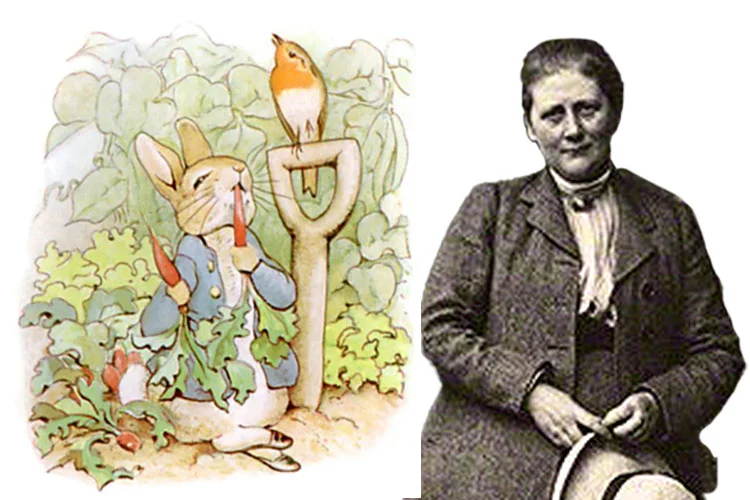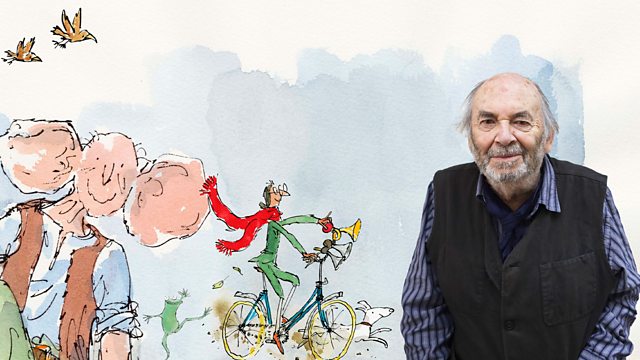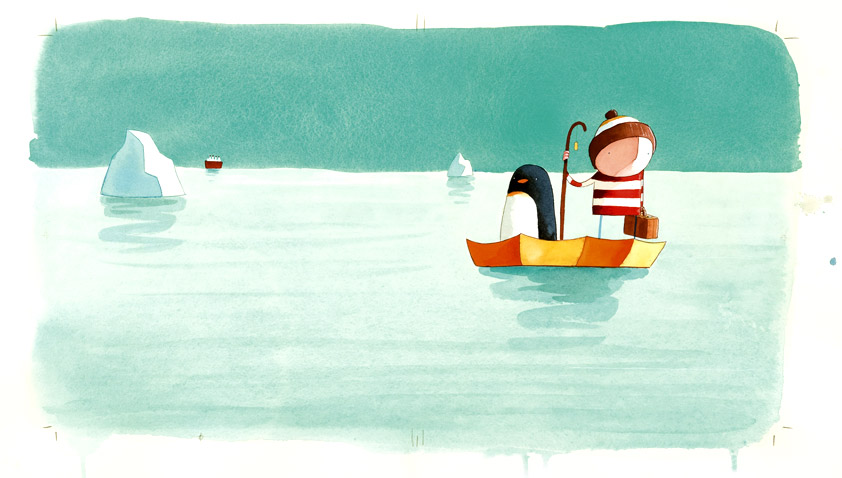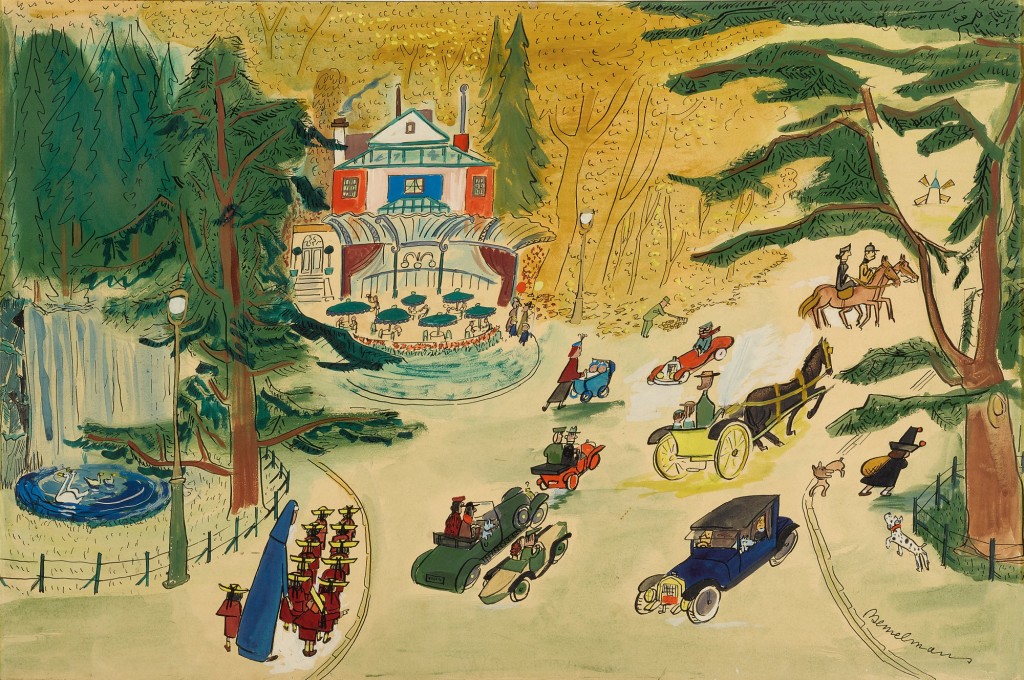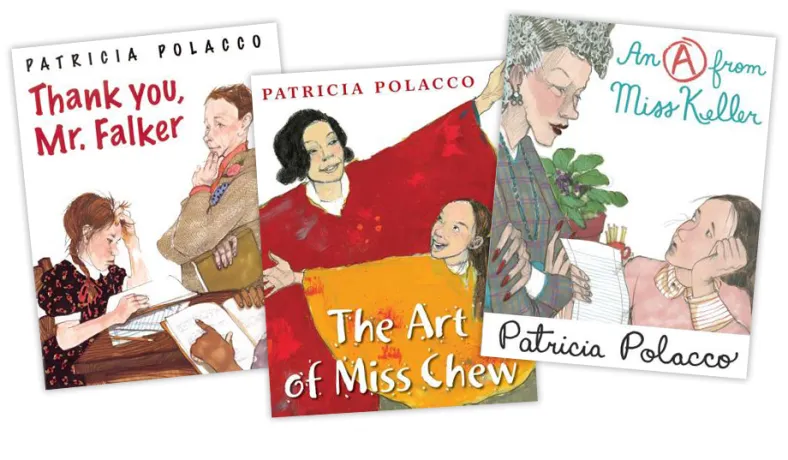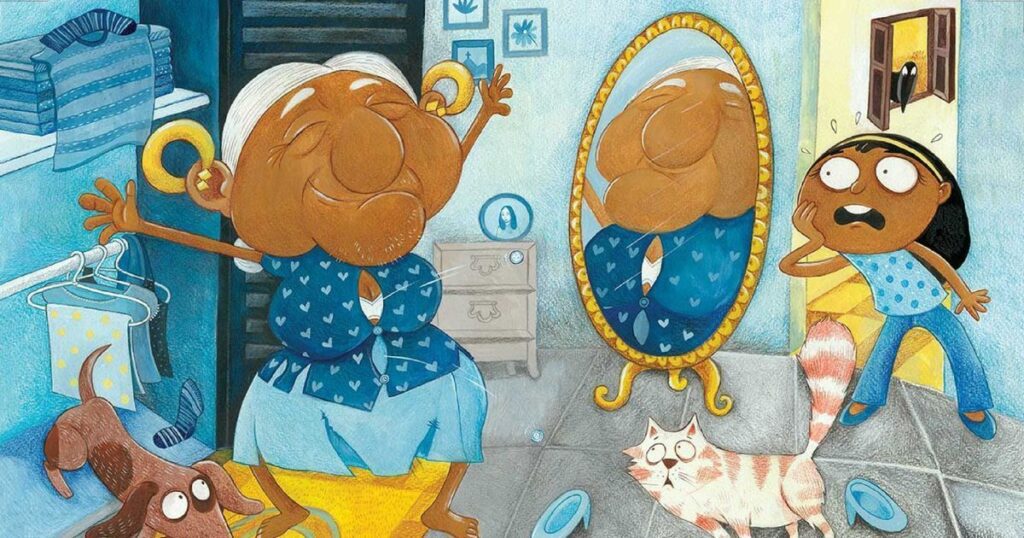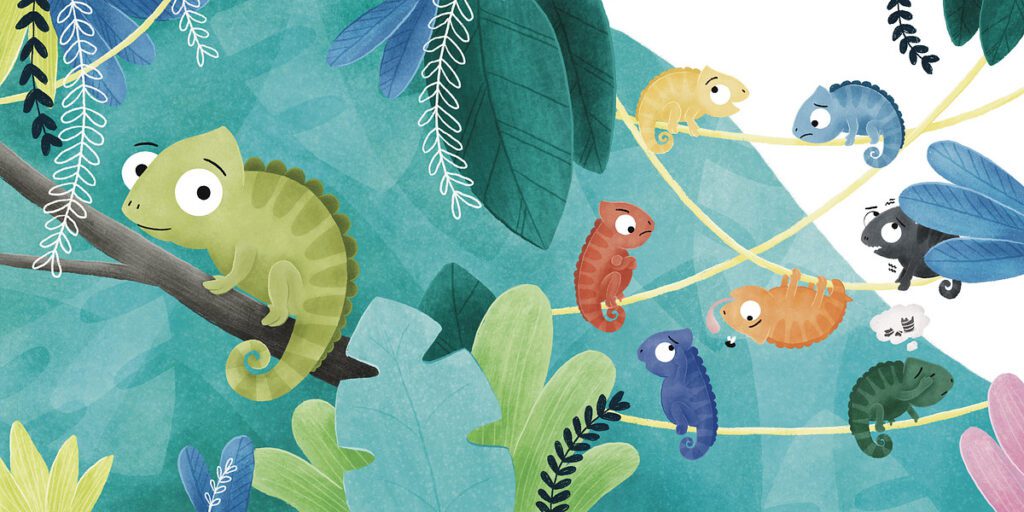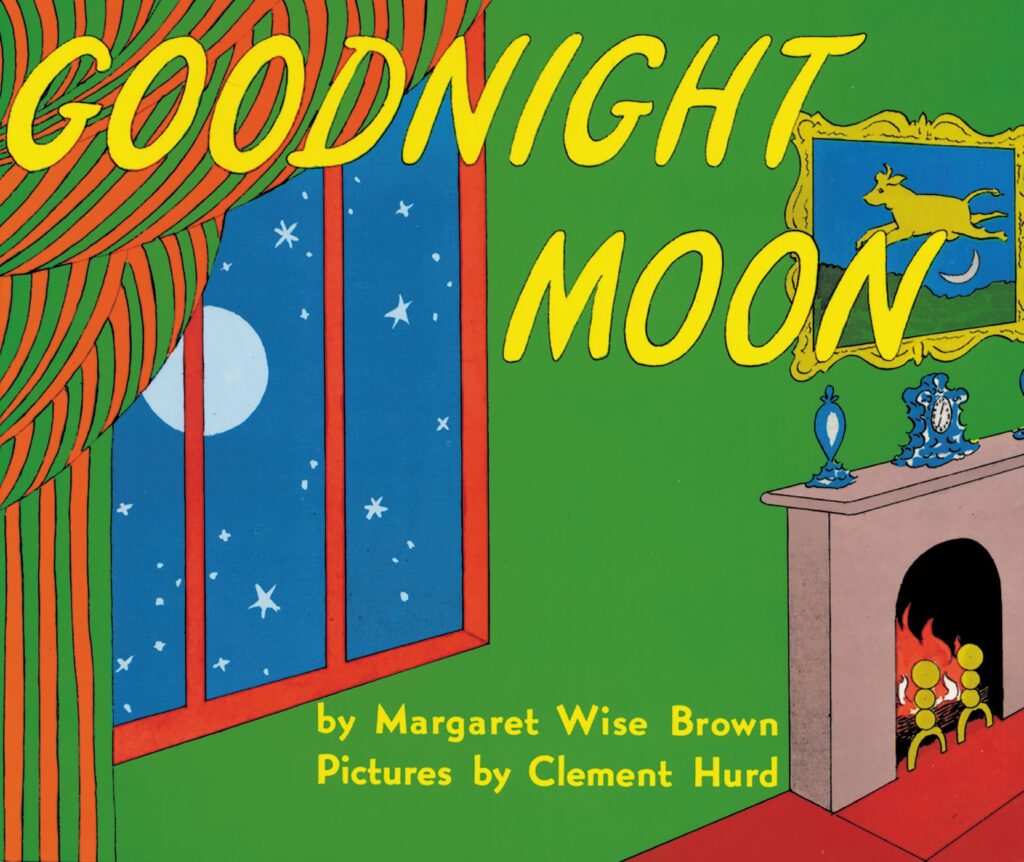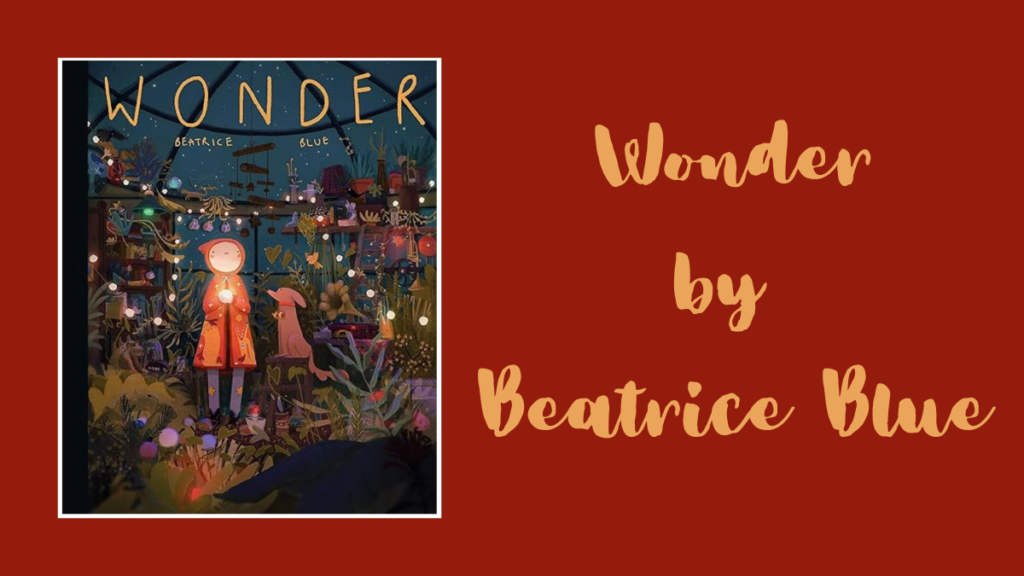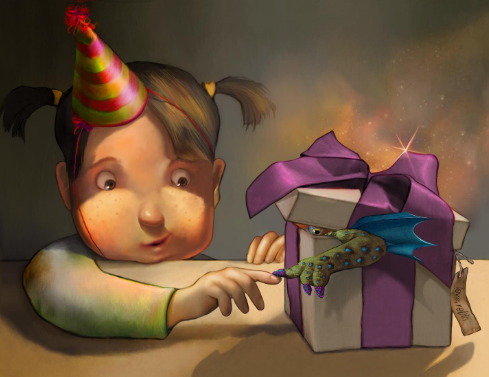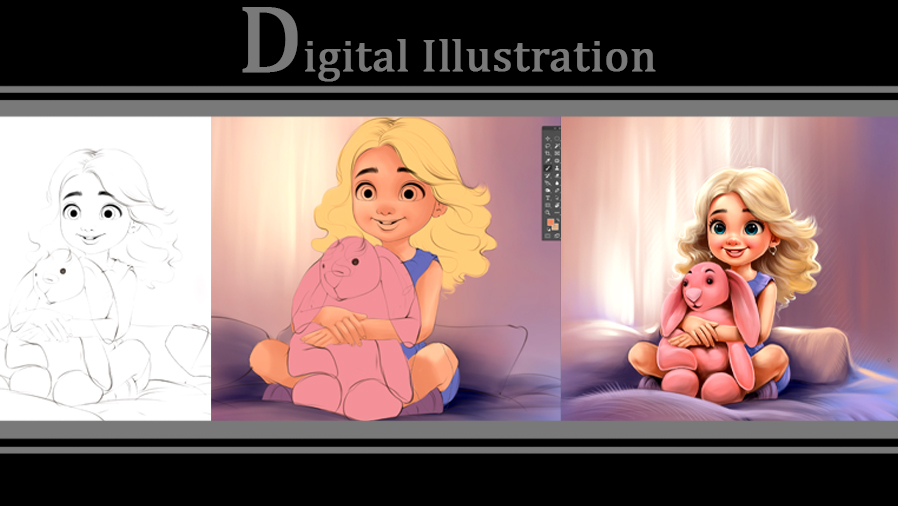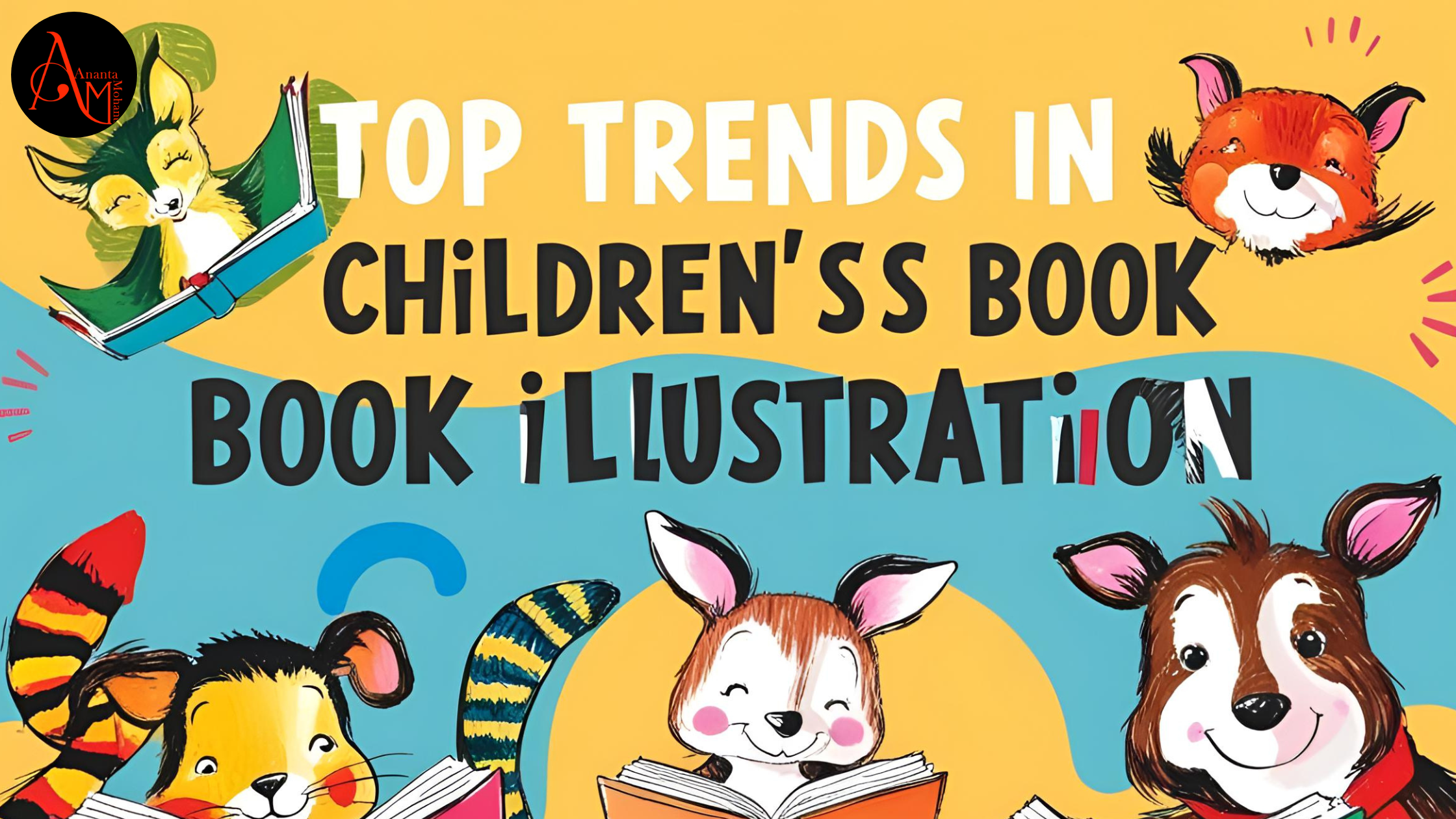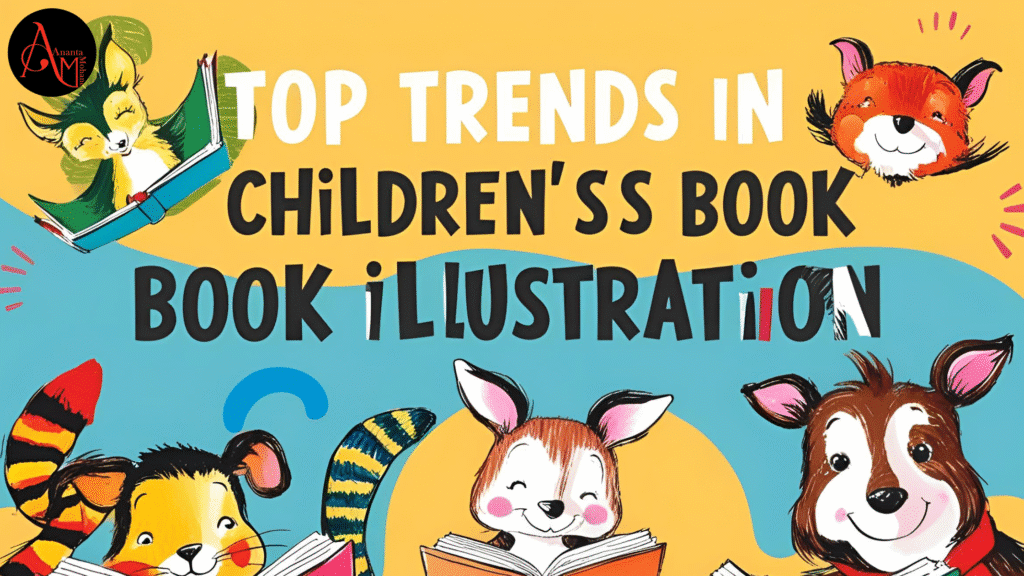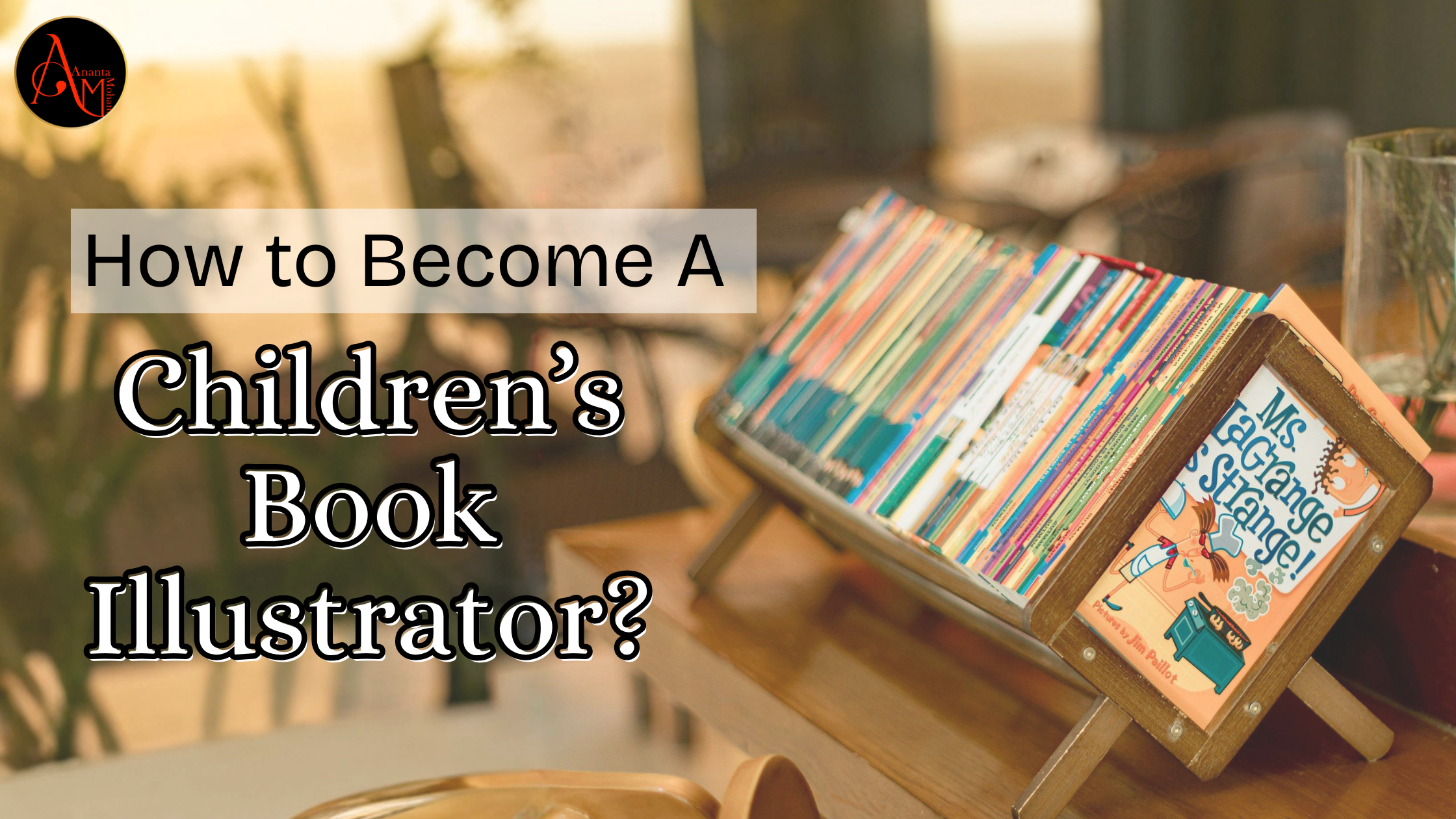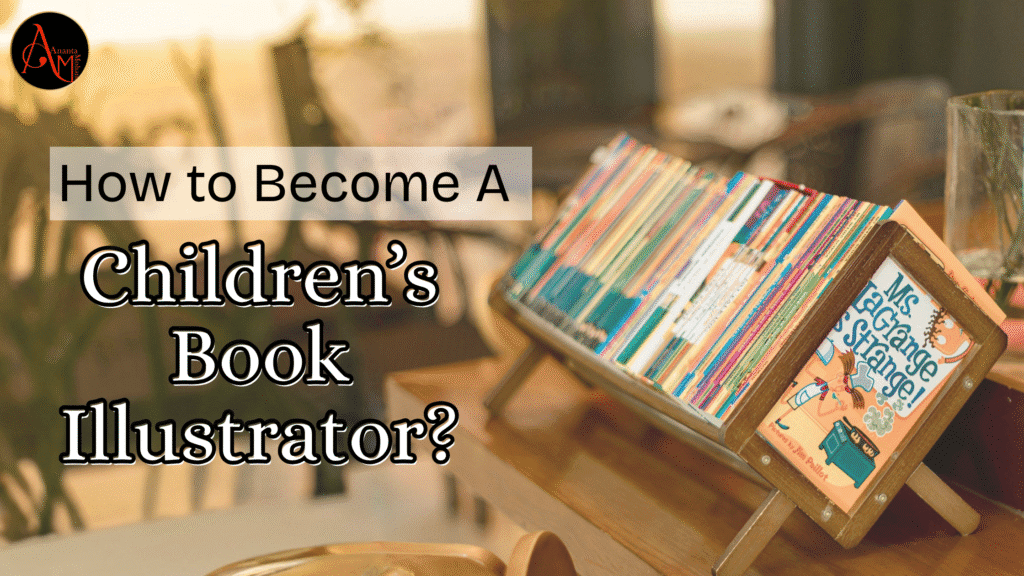Beautiful Children’s Book Illustrations Matter for Young Readers
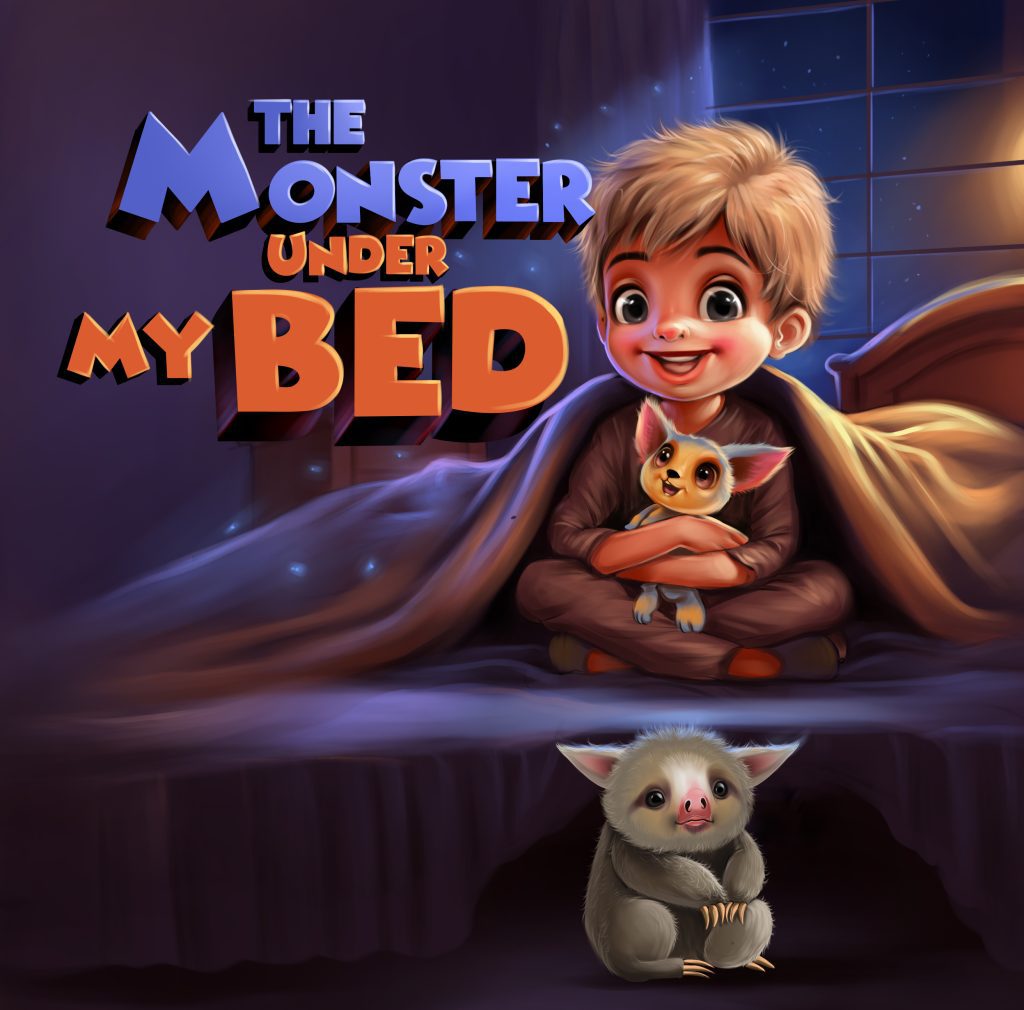
Hello, I’m Ananta Mohanta. I’ve spent over 15 years as a children’s book illustrator, creating stories for young readers worldwide. I work as a high quality children’s book artist because I believe children deserve the best. When a child opens a book, the first thing they see isn’t the words — it’s the pictures. Good childrens book illustration can grab their tiny hands and say, “Come on in. There’s an adventure waiting for you.”
Why Pictures Come First
Long before children can read, they look. Their eyes look for colour, shapes, and faces. A well-drawn page pulls them in and piques their curiosity. That’s why beautiful children’s book illustrations are so important.
When parents pick up a book in a shop, they flip through it. They check the art first. Many times, they decide right there if that book is worth reading at bedtime. So, children’s book illustrators hold a big responsibility.
My Way of Working as a Children’s Book Illustrator
I work differently from many children’s book illustrators. I never take advance fees. I offer a free demo because I want authors to see my work first. If they like my character design, we move step by step.
This way, authors feel safe. There’s no worry about paying before, they’re sure. And I know my beautiful children’s book illustrations will speak for themselves.
Characters That Stay in a Child’s Heart
Think about your favorite story as a child. You probably remember a character’s face or how they looked. That’s the power of good childrens book illustration.
When I draw, I don’t just think about how a character looks. I think about how they feel. Are they friendly? Brave? Silly? A strong character makes the story shine. That’s why I always say my unique style sets me apart as a high quality children’s book artist.
Parents Want Beautiful Children’s Book Illustrations Too
Parents are busy. They pick books that hold their child’s attention. Stories with beautiful children’s book illustrations make bedtime reading special.
Many parents write to me later and say, “My child loves the pictures. They point to them every night.” That’s when I know I’ve done my job well as a children’s book illustrator.
Every Drawing Teaches Something
A child might not notice every tiny detail, but it shapes how they see the world. A kind smile, a bright scene, or a fun animal — these small things add up. A good childrens book illustration makes kids ask questions and imagine new worlds.
I always try to add those little surprises that make a child smile. That’s what beautiful children’s book illustrations should do.
Standing Out as a High Quality Children’s Book Artist
Many people can draw, but not everyone can tell a story with art. I always tell new authors to look for a high quality children’s book artist who cares about the story, not just the drawing.
I listen, I sketch, I share ideas. I want every page to feel alive. I believe that’s why authors trust me as their childrens book illustrator.
No Surprises, Just Good Work
Many first-time authors worry about losing money. That’s why I never take advance fees. I share a free demo first. If they like my beautiful children’s book illustrations, we move forward. If not, no problem — they don’t lose anything.
It’s simple, fair, and honest. I believe that’s how children’s book illustrators should work.
The Magic That Lasts
Books with beautiful children’s book illustrations stay with children for years. They flip through them again and again. Sometimes, they keep them safe and show them to their own kids later.
That’s why I love being a childrens book illustrator. Knowing that something I draw today might be read by another child tomorrow fills me with pride.
Let’s Make Something Beautiful Together
If you’re looking for a high quality children’s book artist who cares about your story as much as you do, I’m here. I offer a free demo so you can see how my style can bring your idea to life.
Together, we’ll create beautiful children’s book illustrations that stay in little hearts and big memories. Let’s bring your story to life, one page at a time.
Thank you for reading. If you’d like to talk about your story, just reach out. I’d love to hear about it.
-Ananta Mohanta (children’s book illustrator)
Contact me for a free demo here!
To know more: www.anantamohanta.com
Pinterest: https://in.pinterest.com/illustratorananta/
